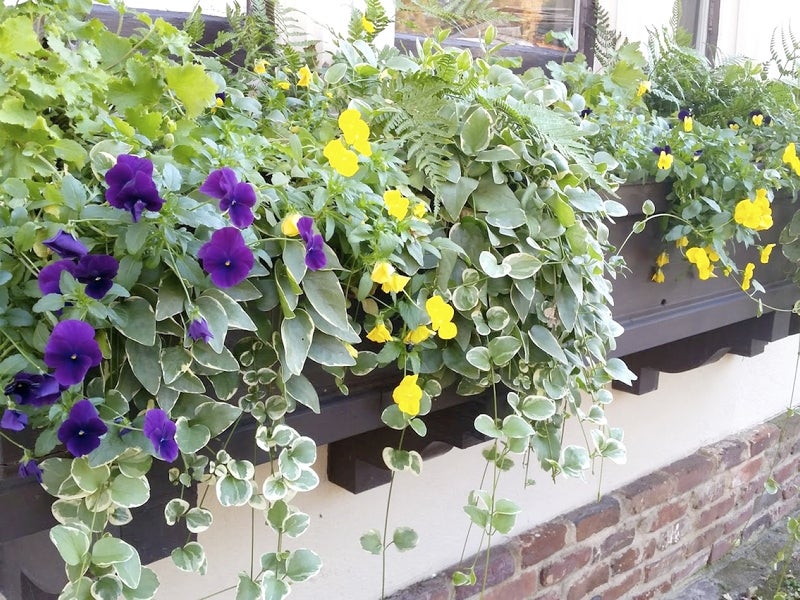Despite drought, you can still work on the landscape
Published 12:00 am Friday, November 18, 2016

- Submitted photo Pansies can brighten up planter boxes in the fall.
SALISBURY — It seems as if it has been months since we’ve had a decent rain. Hurricane Matthew provided us with ample rain a few weeks ago, but lawns and landscapes desperately need rainfall.
With the continuing early winter drought many are wondering what they can be doing to help maintain their landscape.
As the drought continues, it’s important to keep newly planted trees and shrubs irrigated. Even though the temperatures are now much cooler, landscape plants and planters still need regular irrigation to maintain growth.
It’s especially important to irrigate during windy, dry conditions as plants tend to dry out easily. Adding 6 inches of mulch will help retain moisture for these plants.
Even though temperatures are cooler and there was a frost last week, there is still time to fertilize and seed fescue lawns. However, please note that germination will be slow with cooler weather conditions. It may take weeks or even months before a full stand is achieved. Establishment depends on the amount of future rainfall and temperatures.
Be sure that newly emerging lawns are free from falling leaves to allow as much sunlight as possible in order to help establish a good root system. It’s also important to continue fertilizing appropriately during the growing season.
Pansies, violas and other cool season bedding plants can still be planted. Make sure that the planting beds are deeply tilled with ample soil amendments. Mulch newly set plants with a layer of fine ground bark.
Mulch helps water retention and helps insulate and protect the roots over the impending winter weather. It prevents heaving and thawing in freezing weather.
If practical, dead head spent blooms throughout the fall and winter to contribute to root growth. Fertilize established plants with a water soluble fertilizer solution when daytime high temperatures are constantly below 60 degrees. Use a complete fertilizer high in phosphorous to promote ample root expansion and blooms.
It’s very important not to fertilize these plants during long periods of unseasonably warm temperatures, especially in the winter months. Extended days of unseasonably warm weather results in established bedding plants like pansies stretching and producing weak, spindly growth.
There is also time to plant spring flowering bulbs. It’s important to plant tulips, daffodils and other spring flowering bulbs at the correct depth. Include a bit of fertilizer high in phosphorous within the planting area and the backfill to stimulate both bloom and root growth. Be sure to keep them irrigated during periods of drought.
Tender bulbs such as caladiums and canna lilies need to be removed from the landscape or pots before freezing weather returns for real. These bulbs cannot withstand cold, freezing weather.
Darrell Blackwelder is the retired extension director of Rowan County Cooperative Extension Service.




